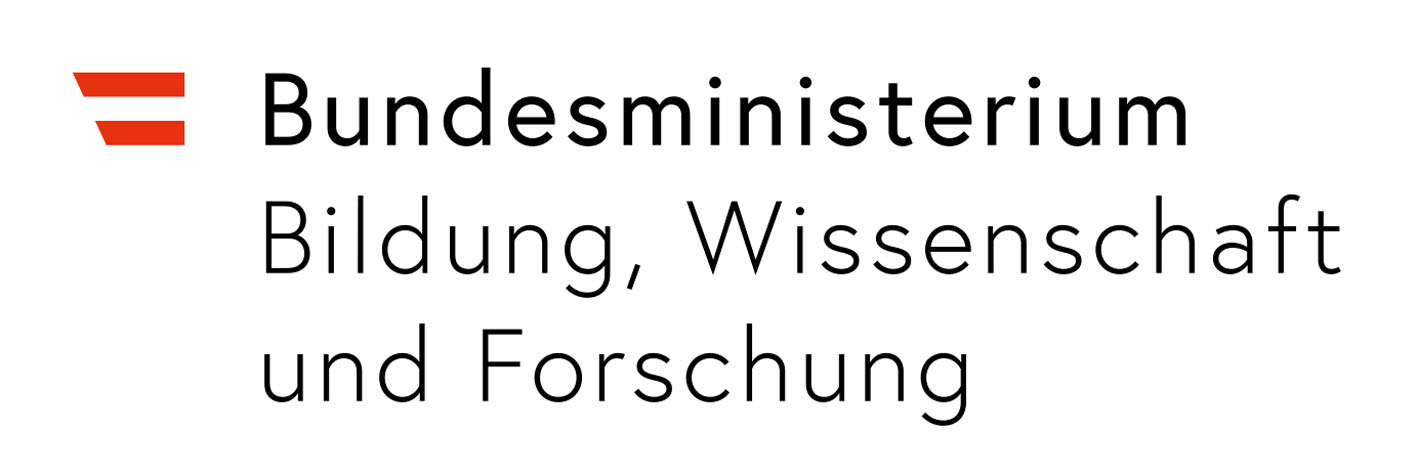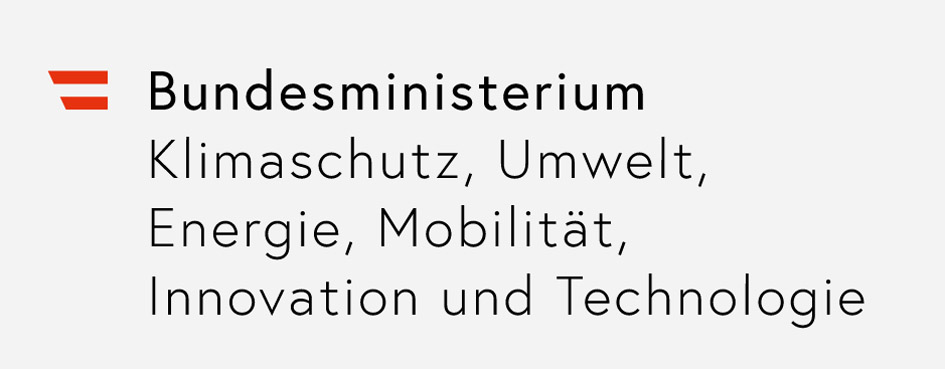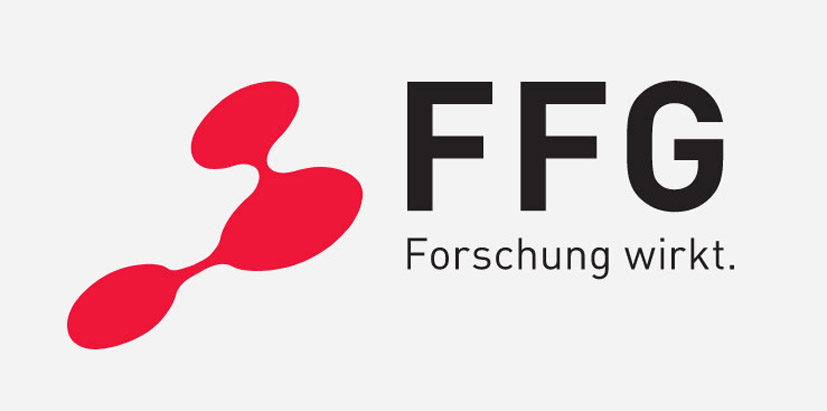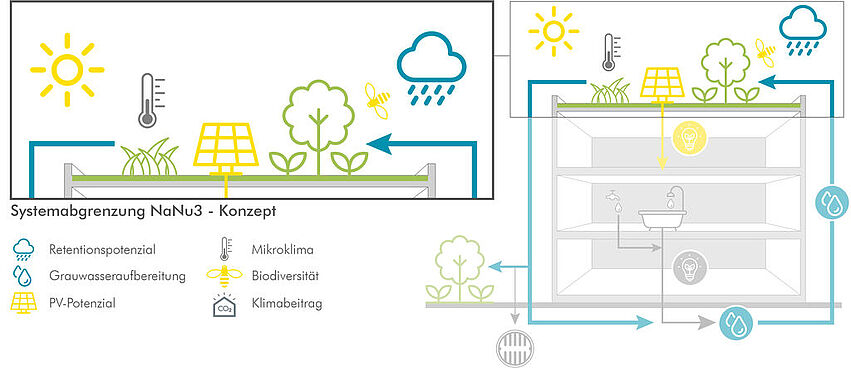In order to make a city liveable and sustainable, adaptation measures to climate change must be considered. One measure to counteract the heating up of urban areas is green roofs and facades. At the same time, an increased occurrence of (very) localised heavy precipitation events is to be expected. Thus, building-based greening measures have to cope with heat and the associated dry periods, as well as with a water supply that is too large or too small at times.
Parametric design using computer-aided design systems has become very widespread in urban planning and architecture in the last two decades. A new type of digital support is revolutionising the planning process and the ways in which we can design urban environments. Contrary to the conventional approach of developing individual design solutions, a parametric model is able to generate an infinite number of design variants that can be modified, examined and evaluated at any time according to need.
Within the scope of the project, it is to be tested whether a parametric approach in the planning process is suitable in practice. A prototype of a parametric model is to be developed, which makes it possible to quickly and cost-effectively test the feasibility of combined roofs, to dimension them and to optimise them. The results will be presented transparently and in visual form for building owners and authorities. This combined sustainable use includes the already known and individually proven modules such as energy generation through photovoltaics and greening. New additions are sustainable management of rainwater and greywater treatment through planted soil filters and their use, as well as the transfer of the roof into a parametric model.
Our parametric model is based on a concept of a flat roof system that combines the main components of green roof, photovoltaics, grey water treatment and water storage in the flat roof, incorporating biomimetic principles. Attention is to be paid to achieving the greatest possible resilience of the system. The technical framework conditions (materials, structure, etc.) are defined for the flat roof system, their construction and operating costs are estimated and the functional relationships (water and energy balances, thermal effects) are described. The system boundaries are defined, coupling and expansion options are considered (e.g. HVAC) and interfaces are predefined. The IBO determines the environmental impacts of the roof structures, any PV systems and building services. The results flow into the parametric model as input parameters. In addition, the CO2 uptake of the green roof is determined depending on the expected vegetation on the respective substrate classes and taken into account in the overall calculation over the roof's useful life.
In this process, the relevant stakeholders such as architects, representatives of the authorities, building owners, experts in planning and implementation in the relevant fields are actively involved through workshops and online surveys.
The result of the exploration is a prototypical development of a parametric model, which was tested for its applicability by means of hypothetical and realistic scenarios. Based on these results and experiences, recommendations for action for future roof planning are to be derived on the one hand, and on the other hand, necessary further research steps, such as extensions of the system, are to be defined.





